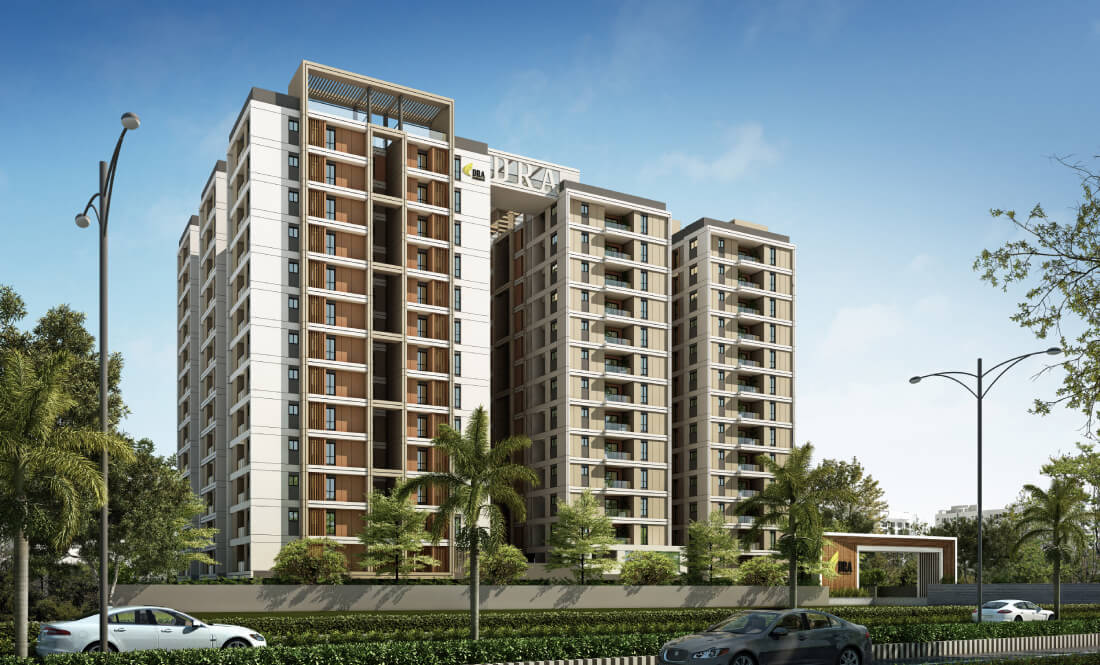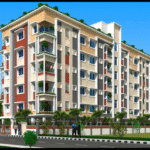Buying a flat is a major decision, and it should not be taken lightly. Especially in cities like Chennai, where construction standards may vary from one builder to another, inspecting the property before finalizing the purchase is very important.
Let us look at how to inspect flats for sale in Chennai for possible structural problems before moving forward with the deal.
Check for Cracks on the Walls and Ceilings
Visible cracks are one of the most common signs of structural issues. You must check both interior and exterior walls for cracks, especially near the corners, beams, columns, and windows.
Cracks can be of two types — superficial and structural. Superficial ones are usually hairline cracks in plaster and paint. But structural cracks are deep and wide, often continuing along a straight line or jagged path. These need serious attention.
Also, check for sagging ceilings or visible gaps where walls meet the ceiling. These signs could indicate foundation movement or poor construction practices.
Inspect the Floor Level and Surface
Uneven floors are another common indication of a potential structural defect. You can easily check this by walking across the room and feeling for slopes or dips. A perfectly constructed floor will not feel tilted or hollow.
In some cases, tiles may appear lifted or cracked due to foundation settlement. Such signs should not be overlooked. Tap lightly on the tiles — a hollow sound can indicate poor tile adhesion or empty pockets below the surface.
Examine the Doors and Windows
Doors and windows that do not open or close properly might seem like a minor issue, but they could point to something more serious. Frames that are misaligned or jammed may be the result of wall shifting or uneven foundation.
If the flat is located in an older building, this kind of problem could worsen over time. Try opening and closing all doors and windows to check for smooth operation. Also, look for gaps between the wall and frame.
Look for Water Stains or Dampness
Water damage can weaken the structure over time and cause both cosmetic and functional problems. Look around the ceilings, walls, and especially corners for any signs of water stains, bubbles in paint, or patches of dampness.
Pay attention to the bathrooms and kitchen, as these are the most likely places for leakage. Check under the sink and around plumbing outlets for any moisture or mold growth.
If you smell a musty odor inside the flat, it could indicate hidden water seepage. Persistent dampness may lead to corrosion in the steel reinforcements used in construction, and that can be very serious.
Check Beams and Columns for Damage
Beams and columns are the main support structures in any building. Inspect these areas closely for cracks, chips, or any signs of strain. If you notice exposed steel rods or uneven plastering, it might be a result of construction quality issues.
You can also gently knock on the column surface to listen for any hollow sounds. A well-built concrete column will sound solid, while one with improper curing or materials may not.
Evaluate the External Structure
Move outside the building and take a walk around the entire structure. Look for signs like wall bulging, discoloration, and cracks on the exterior. These often go unnoticed but could point to issues that are more than skin deep.
Also, observe the boundary walls and entrance area. If there are cracks or tilts there, it might indicate foundation settlement across the whole site.
If the building has a parking area, check the support pillars and roof above the parking zone. These are usually exposed and can reveal early signs of wear or damage.
Inquire About the Building Age and Maintenance
The age of the building plays a role in its structural stability. Older buildings may have wear and tear, especially if maintenance has not been regular. Speak with existing residents or the property manager about repair history.
Ask whether the building has undergone any major structural changes, reinforcements, or repair works in the past. Buildings that require frequent repairs may be dealing with deeper issues.
Assess Drainage and Rainwater Flow
Proper drainage is crucial to keep the structural base dry and intact. Check for the slope of the flooring on balconies and open areas to confirm if water will flow away properly.
Also, inspect rainwater outlets on the terrace. If these are clogged or poorly maintained, water stagnation can occur, weakening the rooftop surface and possibly seeping into the walls below.
Hire a Professional for Detailed Inspection
If you are seriously considering a flat, it is a good idea to bring in a qualified civil engineer or home inspector. They will have the tools and knowledge to assess the construction quality and highlight issues that may not be visible to the average buyer.
They can also provide a detailed report on the structural integrity, which can help you negotiate or even rethink your decision.
Final Thoughts
Flats for sale in Chennai can vary widely in quality, even if they appear good at first glance. That is why a proper inspection before buying is important. Small signs like wall cracks or uneven flooring could be symptoms of larger problems hiding beneath the surface.
By checking for these early signs and getting a second opinion from a professional, you can avoid costly repairs in the future. This approach helps you make a safer investment and gives you peace of mind.

















